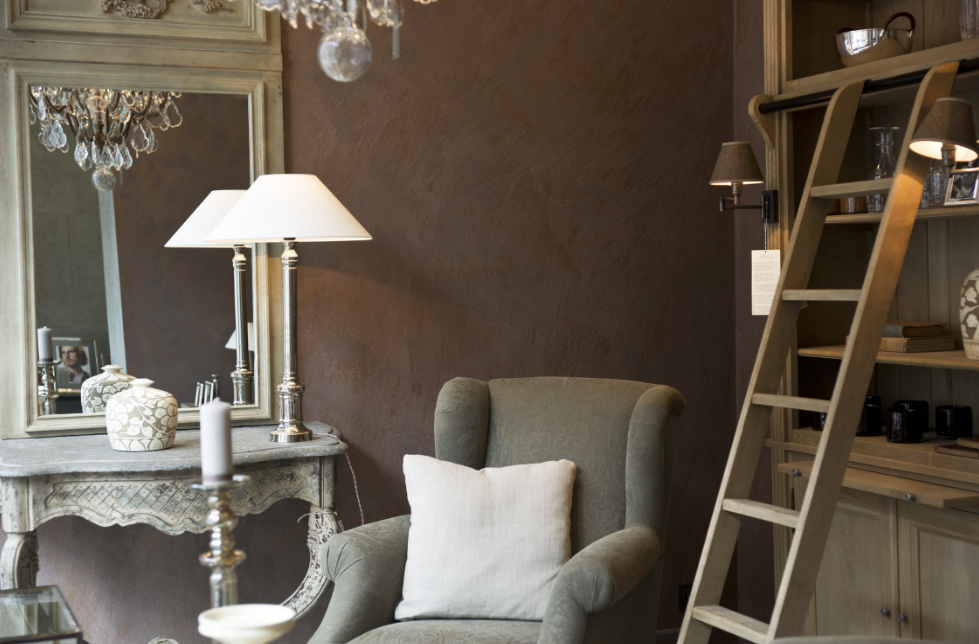Which Type Of Paint Is Best For Home Interior Walls?

There are several different paint types you can consider for your interior walls. First, know your appropriate paintable surfaces and what effects the paint can achieve. It is easier to make a good choice. Moreover, it is feasible to mix various types of interior wall paints in a room. However, it is good to know what you are doing.
Matte paint
This is the most common color in interior wall paints. It does not shine or sheen on your finish which makes it ideal for ceilings and walls or places where you do not need visual distractions. The paint is easy to apply as much as it can take at least one coat to give a good solid color. Matte paint is applicable with a roller or brush, and it works well in covering surface imperfections on the walls.
The paint is ideal for older Wayne County houses. However, the paint is easily marked, and some marks are easily removed using a damp cloth. Therefore, the paint needs regular retouching.
Matte enamel
It is just like matte paint. However, it tends to be more durable and easier to clean. The paint does not need retouching which makes it a good option if you have small children. The paint is an excellent choice for the kitchen area where there is regular wiping of walls to remove grease or soot. Matte enamel has the same visual effects like the matte paint. You can apply matte enamel using the same way like matte paint.
Satin
A satin finish is a type of interior wall paint many people are familiar with, but only a few understand. A satin finish is between gloss and matte. It produces a soft and low sheen. The paint is ideal for areas that need regular cleaning of walls. However, do not use the satin finish where there is a wall with surface imperfections as it can make the imperfections apparent.
Eggshell
An eggshell finish shines and is extremely subtle. However, it lacks the same kind of smoothness as a satin finish. Therefore, the paint does not highlight imperfections as much. It is a suitable paint for interior walls with imperfections. The paint is easy to apply and can cover well with one coat. It is a better choice for most people.
Eggshell and semi-gloss paints cover more surface areas with just a small amount of paint than matte paint.
Semi-gloss
Semi-gloss is another very common interior paint. It is commonly used on trim than walls. The paint offers a hard finish and is suitable for heavy use. It is easy to clean as you require only water and soap. The paint produces a shine that is less than a full gloss paint. However, you can achieve a good covering with just one coat.
Shiny paints bring out surface imperfections. Shiny paint greatly accentuates Spackle spots and other repairs. Spackle spots should be primed to stop them from showing up as flat spots. You can cover the Spackle spots or repair patches under the semi-gloss paint by purchasing a quart of flat paint which is tinted with the color of your finish coat. Make spot prime repairs.
Gloss paint
Apart from matte paint, gloss paint is very common interior wall paint. It is the paint you can use on most walls. Some people use it sparingly on walls and prefer to apply it on woodwork because it has a high shine. Gloss paint highlights all the imperfections on your walls and achieves an even coverage. Therefore, it needs more than one coat.
Shiny paints always take longer to dry. Plan your project well by including hours of drying time in between coats. Alternatively, you can use fans to speed up the rate of drying.
Water-based paint versus oil-based paints
Majority of the paint sales today is water-based paints. Oil-based paints are common for woodwork, furniture, doors and demanding surfaces like floors. Exercise caution when making a switch to water-based paint if your surface has oil-based products coating because the new paint will not stick.
In this situation, wash your surface and use sandpaper to rough it all over. Make it clean, dry and dull to prevent peeling of a new coat.
Advantages of water-based paints
- Drys quickly
- Easy to clean up with water
- Stable color over time and does not yellow
- Low levels of toxic emissions
- Resistant to cracking and gives an elastic and flexible finish
Advantages of oil-based paints
- Hard and durable finish
- Attractive gloss
- Good for leveling and creates a smooth finish
